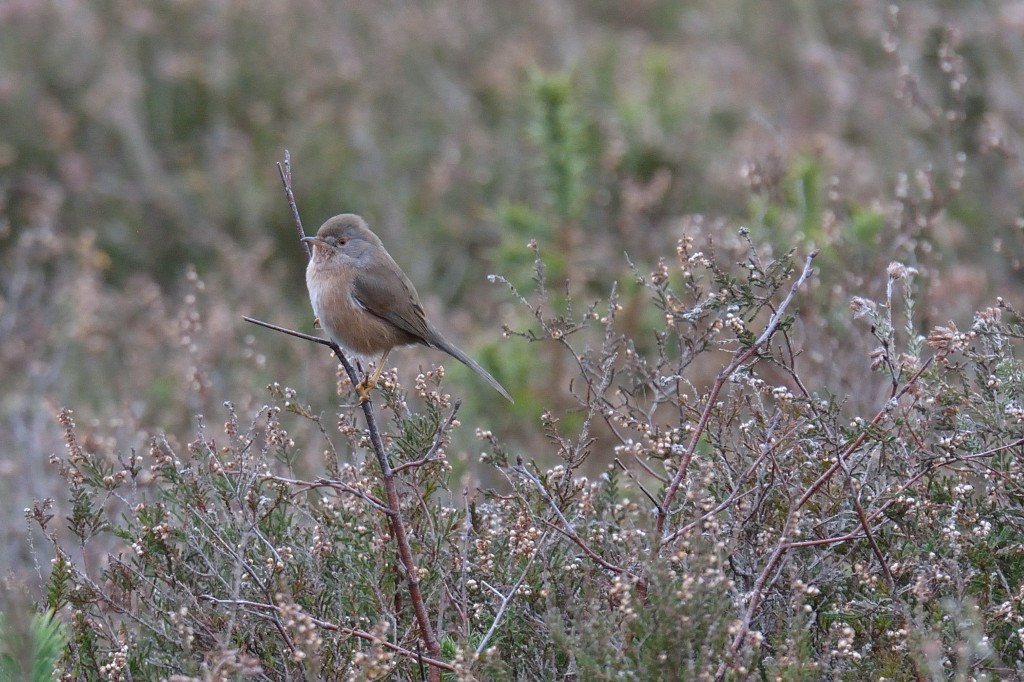
Most of my walking is without a camera. I probably clock up 20 miles a week just doing the school run. Its part of my fitness regime, which I missed out on during the first UK lockdown when schools were closed. Joe Wicks did a sterling job with his online HIIT workouts during that time, although the ‘High Intensity’ element was a bit challenging.
Most days I will join Jacki and Pippin on the daily mid morning exercise walk. I may take my camera on this. I love the countryside of East Dorset. We have an amazing diversity of habitat: woodland, heathland, farmland, riverside walks, lakes, beaches, cliffs and gardens. We also have quite diverse wildlife. One can never be sure what one will see.
The season has an impact on the light, which is quite important for a photographer. I was out over the weekend and the light was constantly changing: bright sunshine one moment and cloud cover the next. I was changing camera settings for every shot and making further adjustment for whether the subject was light on a dark background or dark on a light background.
For the past two years I have focused my photography on wildlife requiring fast shutter speeds, a lot of patience and a sudden flurry of activity lasting only a few seconds. More recently I am trying to introduce more landscape photography. The fundamentals are the same, but the technique is quite different. The landscape isn’t moving so slower shutter speeds can be used and a tripod. The lens is different too. Instead of a long telephoto lens, landscape photography uses more of a wide-angled lens. I am still getting to grips with the technique and will try and share some of my efforts in the blog over time.
This blog post includes some recent shots from heathland walks. First are a couple of landscape shots of Holt Heath in the sunshine. Followed by an excited Pippin. Then we have a few birds: peregrine falcon, yellowhammer, blackbird, thrush and dartford warbler all from heathland locations. As the nights are now drawing in and sunset is about 4.30 pm, there are a couple of moon shots. And finally, a rainbow; we’ve had quite a few of these recently reflecting the changeable nature of the Dorset weather at the moment.











